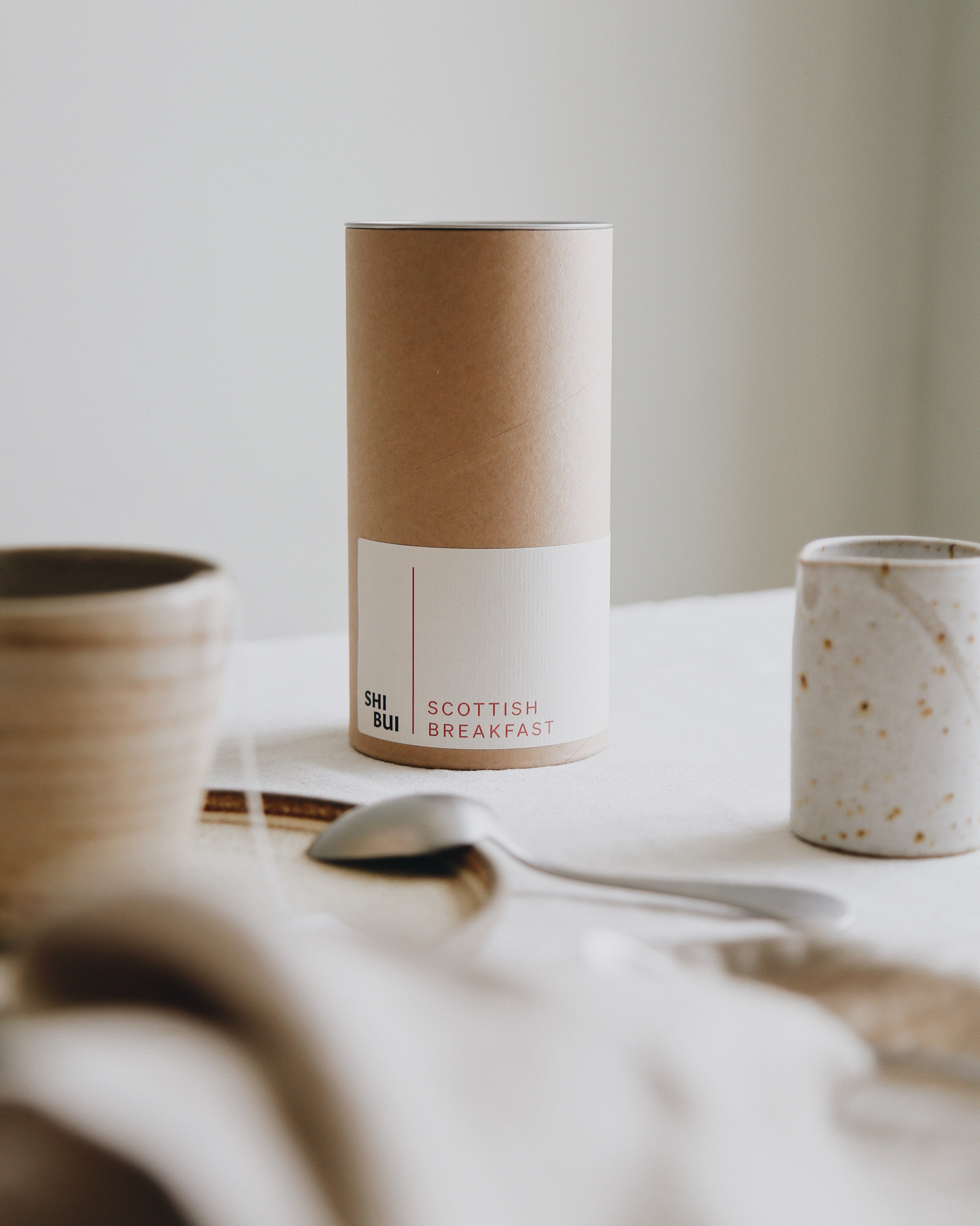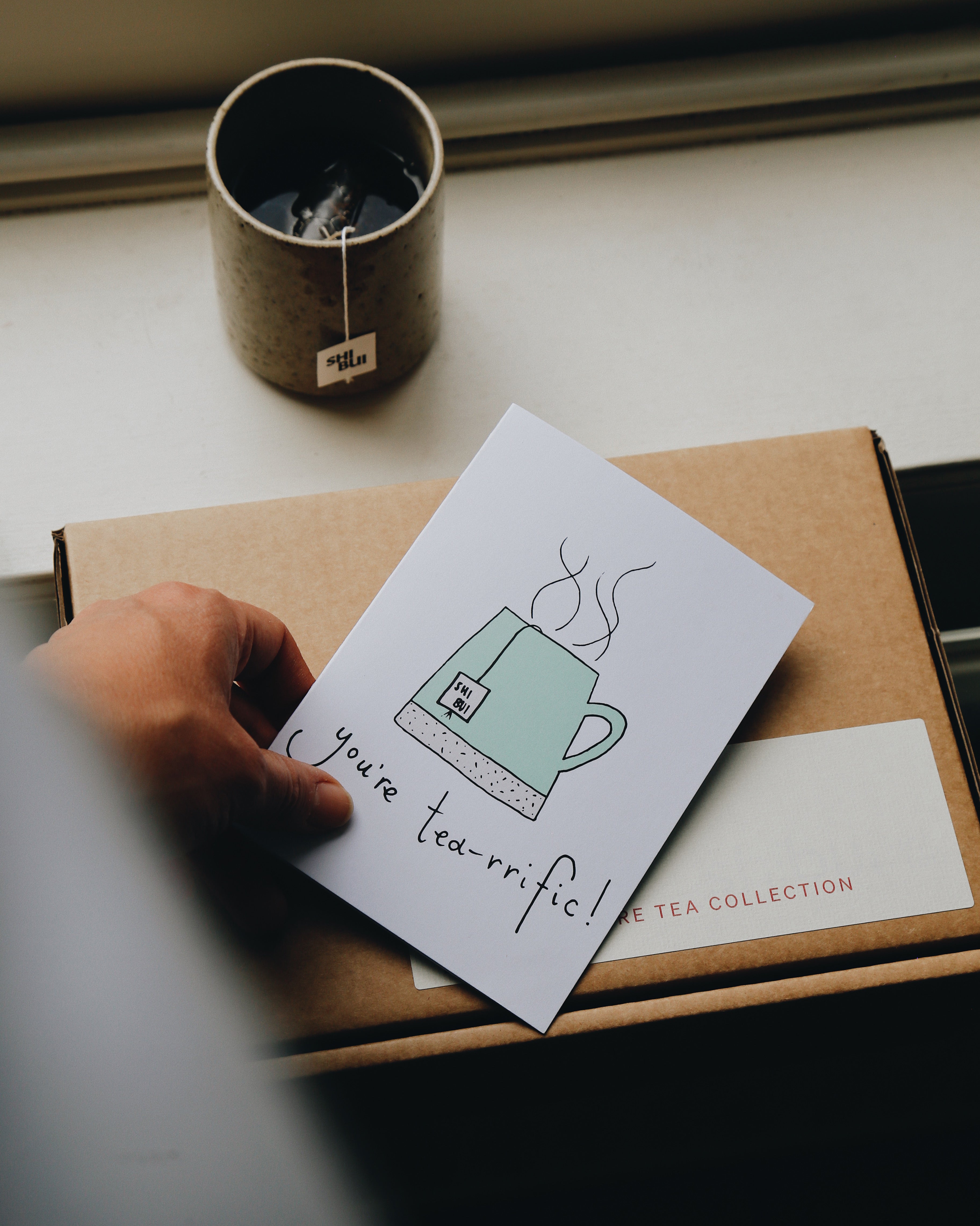Article: Matcha

Matcha
Matcha is a green tea and literally translates as “powdered tea”. The key difference between matcha and other green teas is that you consume the actual tea leaves. With other green teas the leaves are added to the water, the water in turn absorbs some of its nutrients and flavours, however the leaves are removed rather than being consumed. It is essentially akin to boiling vegetables, throwing them out and then drinking the water.
It is a drink that has been consumed for centuries, initially in China and then later in Japan. Throughout these years the Buddhist monks who drank the tea were convinced that it not only aided their ability to meditate, but that it also improved their physical and mental health in the long run.
In more recent times there has been something of a cultural awakening in the West. The reasons for the health benefits that it provides are now becoming clear, and it is being used in increasingly inventive and delightfully delicious ways.
The Origins
The history of matcha tea begins in China. However, a Japanese Zen Master named Eisai deserves a great deal of credit for its popularity and reputation in the East. Having spent time studying spirituality in China he returned to his native Kyoto in order to further his understanding. He was not only interested in spirituality and meditation; he was also fascinated by the positive effects that green tea could provide when used hand in hand with meditation. The green tea seeds that had made the journey with him from China were planted and soon blossomed. He chose to grind the leaves into a fine green powder, and so matcha was born.
For centuries matcha has been used in meditation as it was said to aid focus, mindfulness and concentration. In the 14th century the ritual of the Japanese Tea Ceremony became popular throughout the ruling classes; royalty, priests, samurai and wealthy merchants.
The Tea Ceremony is a sacred ritual in Japan, the four main principles of the ceremony are;
- Harmony
- Respect
- Purity
- Tranquillity
The ceremony is sacred and is essentially a choreographed method of preparing and presenting matcha.
Usucha or Koicha
There are two very different ways of preparing matcha, these being usucha (thin) and koicha (thick).
Usucha is literally translated as “thin tea”. Usucha can be made using slightly lower quality matcha. It should however be noted that the reason for this is that lower grade matcha cannot be used in order to prepare koicha, not that higher grade matcha cannot be used to create usacha. Traditionally the tea leaves of the lower grade matcha are taken from bushes that are under thirty years old.
The preparation of the usucha involves much lower quantities of both matcha and water. Around one gram of matcha, and as much as four ounces of water can be used to prepare usucha.
Once the water has been added, a traditional bamboo whisk should be used to create a froth, the result of which will show off the iconic colour of the tea and the viscosity will be similar to espresso.
How to make Usucha
- heat water to around 80°C and pour into the bowl to preheat. If you don’t have a fancy kettle where you can select the temperature then a simple method is to decant the freshly boiled water between mugs. Each time you decant you’re losing around 5°C so switching the hot water between mugs around 5 times will get the temperature about right.
- pour out the water and dry the bowl.
- using a traditional bamboo spoon measure the matcha into the bowl. (One gram)
- between 55ml and 115ml of water should then be added. It is important that the water is not boiling, a general rule of thumb is 80°C.
- a bamboo whisk should be used to froth although you could use an electric latte whisk which is a more popular method these days.
Koicha
Koicha is literally translated as “thick tea”. It should be noted that there will be one key difference between matcha suitable for koicha and lower grade matcha, this being the colour of the powder. The higher quality matcha will be a bright shade of green whereas lower quality matcha will be a dull shade of green. The tea leaves used for higher grade matcha will be taken from a first harvest of plants which are at least thirty years old.
Different quantities are also used to prepare koicha, as much as four grams of matcha can be used and as little as 1oz of water.
The result will be similar to honey or melted chocolate in terms of viscosity.
Steps to Koicha
- Heat water to around 80°C and pour into the bowl to preheat.
- Pour out the water and dry the bowl.
- Using a traditional bamboo spoon measure the matcha into the bowl. (Up to four grams).
- 28ml of water should then be added. It is important that the water is not boiling, a general rule of thumb is 80°C.
- Gently stir with bamboo whisk to achieve a smoother, thicker consistency without froth.
Recently there has been something of a cultural awakening with regards to matcha. A tea that had been popular in the East with Buddhist monks for centuries, has become the latest superfood in the West. It has featured in popular television shows, it is the topic of many magazine articles, and celebrities such as Gwyneth Paltrow and Ashley Olson have endorsed it. So why has matcha become so popular?
- Packed with antioxidants – more than five times more than you would find in most food! Research shows that these nutrients and enzymes have many appealing qualities that help to prevent a number of life threatening conditions, fight the effects of UV Rays and slow down ageing of the skin.
- Dietary Aid – matcha actually helps the body burn fat and can increase metabolism by as much as four times.
- Cholesterol – matcha reduces levels of negative cholesterol and increases positive cholesterol. A double whammy!
- Catechins – you may not be familiar with them, but they are organic compounds that research shows helps the body fight against cancer. Matcha is full of them!
- Relaxation – due to the amino acid L-Theanine, matcha can help to relax the mind without drowsiness caused by other relaxation aids.
- Memory & Mood – increases levels of dopamine and serotonin which has a direct influence on your memory, mood and concentration.
- Energy - the energy boost provided by matcha lasts up to six hours. Not only that, but it does not have any negative side effects found in other caffeinated products such as nervousness and irritability.
- Chlorophyll -,matcha is loaded with it! It helps to remove chemical toxins, improves digestion and aids inflammatory conditions such as arthritis.
- Strengthens the Immune System – protein, calcium, iron, potassium and vitamins A and C are all provided by matcha.
- Great for Workouts – provides an energy boost and is anti-inflammatory.
- Nutrition – one cup of matcha provides the same amount of nutritional value contained in ten cups of other green tea.
Clearly a cup of matcha a day may very well keep the doctor away. In terms of providing the energy hit that we all need before heading off to work, matcha may very well be the best thing around. The boost you need without the negatives of coffee or fizzy drinks, and pretty much one of the best things you can do for your body. In fact, our friend Eisai (the Zen master) described matcha as “the ultimate mental and medical remedy and has the ability to make one’s life more full and complete”.
Matcha Recipes
There’s only one problem, what if you don’t like green tea? How will you get all of those health benefits? That fantastic energy boost?
Problem Solved!
Matcha can be used in so many different ways that you are sure to find something that’s right for you. Here are some examples.
Matcha Latte
Lattes can be a wonderful way to begin the day, and matcha lattes have become one of the most popular methods of drinking matcha. They can be enjoyed with any kind of milk and are terrific hot or cold! You could even make matcha ice cream!
Warm Matcha Latte
- Add a teaspoon of matcha to the mug
- Add three tablespoons of warm water (approx. 80°C) and whisk to prevent lumps
- Heat 300ml of milk separately – we love using almond milk
- Add the milk
- Add sugar / honey to taste if required
- Whisk until smooth
Ice Matcha Latte
- Fill a cocktail shaker with a glass of ice
- Add two teaspoons of matcha
- Add half a cup of water
- Pour into a glass filled with ice
- Add frothed milk
Matcha Smoothie
This is a basic smoothie, get adventurous and add strawberries, blueberries or banana. Anything you want!
- Add half a cup of yoghurt to a blender
- Next add two tablespoons of honey
- Add half a cup of ice
- One tea spoon of Matcha
- Blend and pour into a glass
Matcha Butter
Fancy matcha on toast? Give it a whirl.
- Allow one stick of butter to come to room temperature
- Cube the butter and put in mixing bowl
- Gradually sift two teaspoons of matcha over the butter, blending it as you do so
- Keep refrigerated in an air tight container
Getting Started
So you’re interested? What do you need to get started with matcha?
- Premium Quality Matcha – the good stuff – available in 40g jars and 250g bags.


Leave a comment
This site is protected by reCAPTCHA and the Google Privacy Policy and Terms of Service apply.